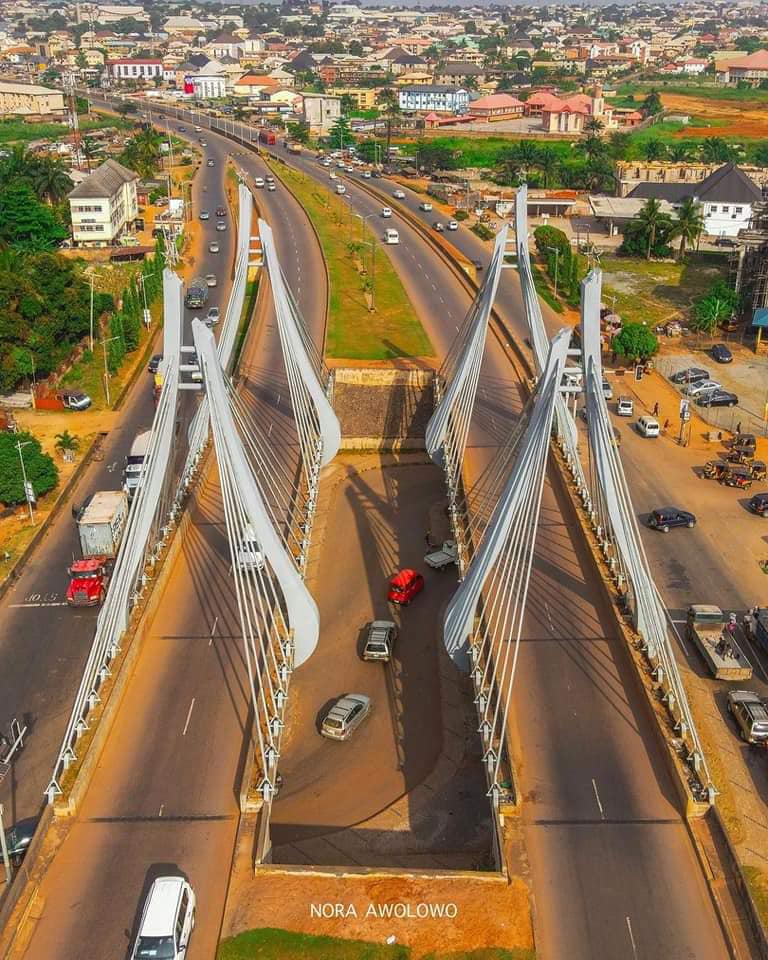Until the Obiano administration, not much in terms of development was seen in Awka capital city. Awka was so barren of growth that it almost became a byword for stagnation and underdevelopment. State capitals created alongside it took time to develop while it stalled. It was so bad that travelers – even passersby – claimed they passed Awka unnoticed.
It took almost a rehash of the story of large scale destruction of government properties, including the State house sometime in 2003, to explain away the poor condition of Awka. The story of Awka capital city was one told with a tinge of regret.
Lack of physical infrastructure, insecurity of life and property as well as land racketeering contributed to deny Awka the attention of investors. What is more, a good number of potential developers headed west and pitched tent in Asaba. The hope of developing the fledgling capital was dashed.
However, nothing lasts forever. The problems are gradually easing off. The decisiveness of the Obiano government in handling the situation has ensured gradual, but steady development of what should be one of Nigeria’s foremost state capitals.
It can be said with a measure of pride that no traveler can claim to pass Awka again without noticing it. A change has occurred that nestled Awka on a comfortable range among the best in Nigeria.
But for the speed of transformation, many would have dismissed the Governor Willie Obiano’s promise of transforming the state as a political talk. Truth is that he is yet to renege on the promise he made to Ndi Anambra while inaugurating members of the board of Awka Capital Territory Development Authority (ACTDA) early in his administration. Among other things, he charged the board to draw up a capital city that would favorably compete with the best in the country. So far, three state-of-the art bridges have been built in Awka capital. The bridges were designed with floodlights that illuminate dark ends of Arroma junction and beyond.
Elsewhere in the capital city, a 1,000 seater International Conference Centre is nearing completion as is the Awka International Stadium complex. Even with a surfeit of sports men and women, the state has no standard stadium.
A lot of interconnecting roads within the capital city like Esther Obiako, Ifite, Stamford, Ekwueme were reconstructed with beautiful kerb sides. The State House was also refurbished. New estates are emerging, either at the instance of the government or in partnership with private developers.
The icing on the cake was lightening up the entire capital city through installation of streets lights. This has returned night life, which died with years of violent crime in the state. Economic activities have since moved some notches higher with new areas like Club road offering social and economic services all through the night. Arroma junction and Government House, two areas known for fruit markets, have also witnessed a burst of nocturnal activities. Greengrocers now defy time to stay up the night to ply their trade.
By March of next year, when the government would have completed its two terms of eight years, Awka, the blacksmith town, hopes to develop to a certain level where no one, be they honest or biased, will dismiss Awka as less of a state capital. Awka has come to take its place and favorably compete with others noted for their excellence.
Even if everybody will not admit the effort of this government in changing the face of Awka, it will be churlish of any to attack that effort. Truth is that the administration has shown uncommon statecraft in attending to all aspects of the state economy under an excruciating economy.
If progress were the reason behind the clamour for the creation of Anambra state, it behooves everybody, including naysayers, to commend the government effort, evident in virtually every aspect of the economy. The Obiano government has demonstrated both in speech and in action that it is determined to leave the state better than it met it. It only needs support to finish strong.





Comments are closed for this post.